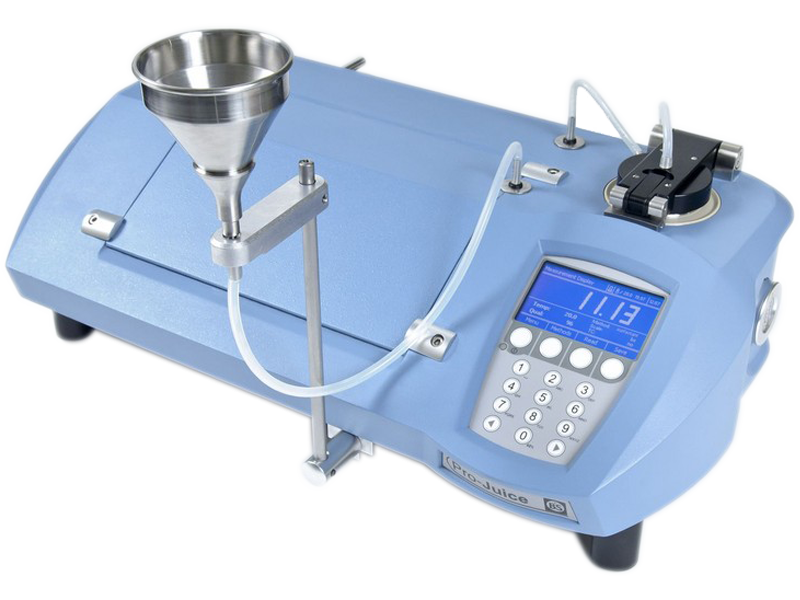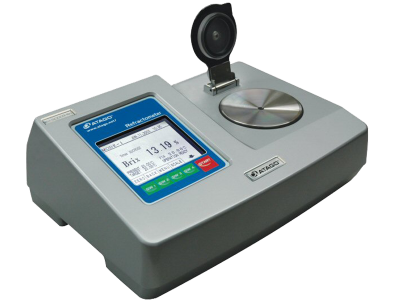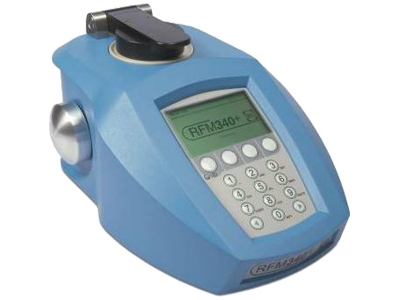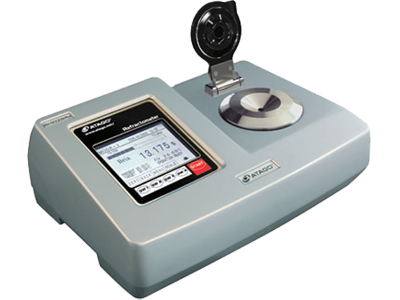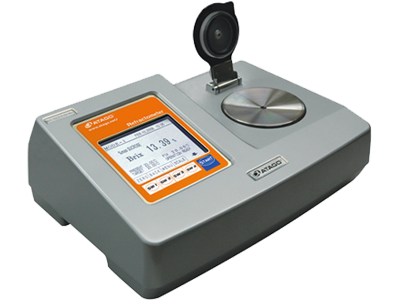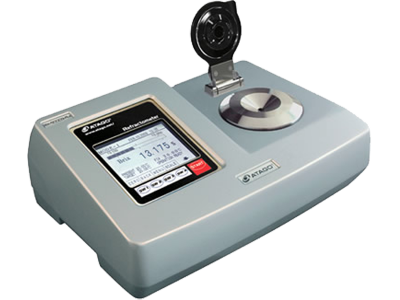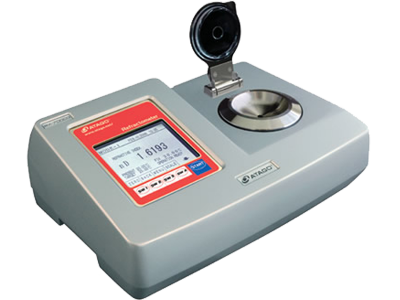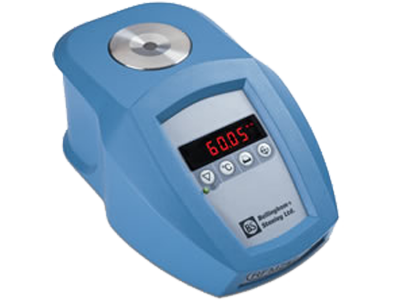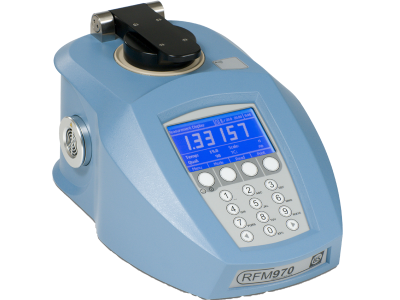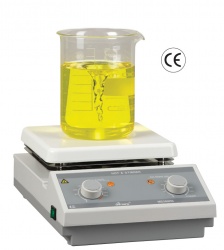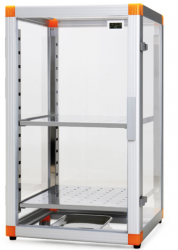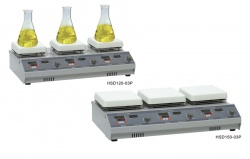For many years, beverage manufacturers have adopted digital refractometers as their primary instrument for measuring the final dilution ratio (°Brix) of re-constituted fruit juice not only to assure product quality but also in an attempt to reduce losses by tightly controlling concentrate yields.
Pro-Juice
For many years, beverage manufacturers have adopted digital refractometers as their primary instrument for measuring the final dilution ratio (°Brix) of re-constituted fruit juice not only to assure product quality but also in an attempt to reduce losses by tightly controlling concentrate yields. For most fruit types this has been successful but for one of the most commonly produced juices, the high accuracy measurement achieved by latest technology digital refractometers has unmasked an erratic behavior within an orange juice sample that prevents tighter dilution control, which in turn negates any opportunity of cost reduction by way of lowering target values without the risk of compromising minimum specifications defined by regulation.
The Pro-Juice refractometer has been specifically developed to overcome the erratic behavior of orange juice by focusing on the practical handling of the sample prior to high accuracy measurement in order to achieve a measurement accuracy of 0.01 °Brix for sucrose solutions and more importantly, a reproducibility of 0.02 °Brix between orange juice samples, regardless of temperature deviation or operator skill level.
Key to the performance of the Pro-Juice is the new Xycone® flowcell chamber that is especially shaped to prevent air bubbles forming on the prism surface during rapid sample transfer. Additionally, the sample inlet is specifically orientated to effect rapid and absolute cleaning of the prism between measurement cycles, contributing to the instrument’s high measurement performance when used in the Pro-Juice mode. For conventional measurement of non problematic juices and for occasional cleaning, the Xycone® cell is easily removed by using the catch at the front of the cell and hinging it back to reveal the prism.
Methods within the Pro-Juice tightly control analysis from start to finish. The Pro-Juice method provides on-screen prompts to guide the operator through every step of the measurement with the result only being displayed once all criteria has been met, including the critical cleaning process that prevents cross contamination occurring between readings or cleaning cycles.
The typical reading time for the Pro-Juice to display the Brix of an orange analysis is only 180 seconds, even when the temperature deviation between instrument and sample is as high as 15°C, including sample conditioning and post measurement cleaning cycles.
| Specifications | |
| Scale: Sugar (°Brix) | 0 – 100 |
| Resolution: Sugar (°Brix) | 0.01 |
| Accuracy: Sugar (°Brix) | ±0.01 (0 – 20 °Brix) ±0.03 (20 – 100 °Brix) |
| Reproducibility: Sugar (°Brix) |
±0.01 for sucrose solutions ±0.02 for orange juice |
| Modes | Conventional & Pro-Juice |
| Reading Time | 4-180 seconds (mode/stability dependant) |
| Methods | Multiple Methods with citric acid correction and offset |
| Presser Type | Polyacetal Xycone® flow through cell with leur taper inlet for attachment of stainless steel funnel for rapid changeover between samples or none (lifted) for conventional operation |
| Measuring Temperature Range | 0°C or 10°C below ambient whichever is the greater to 70°C |
| Temperature Sensor Accuracy | ± 0.03°C |
| Sample Temperature Stability | ± 0.05°C |
| Temperature Stability Checks | None/delay time/repeatability/Smart/Pro-Juice |
| Physical Specification | |
| Prism | Artificial Sapphire (Single). 12mm sample area diameter |
| Prism Dish | 316 Stainless Steel / PEEK |
| Prism Seal | Silicon/Resin |
| Interfaces | 1 Parallel (printer), 2 x Serial (RS232) |
| Sample Illumination | Light Emitting Diode (life 100,000hr +) 589nm |
| Temperature Control | Peltier (sensor and sample conditioner) |
| Power Supply | External 100-240V, 50-60Hz, 6A. Supplied with instrument |

